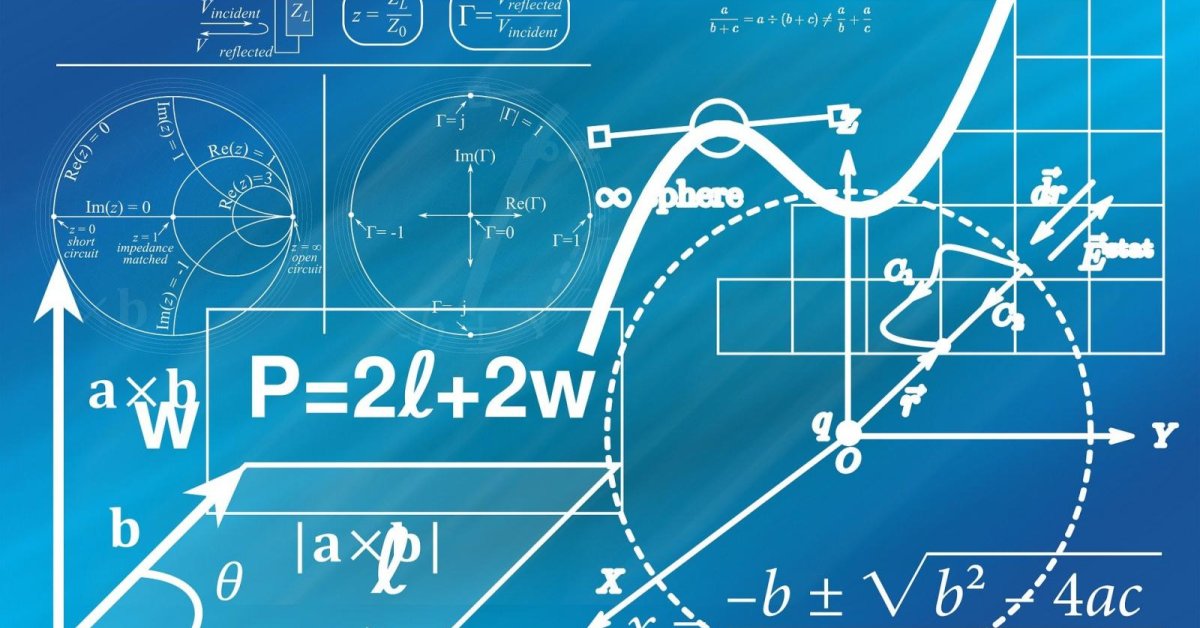Math Can Help Us Stop The Spread Of Fake News About Coronavirus
Aadhya Khatri - Mar 05, 2020

WHO (World Health Organization) recently invented a new word, infodemic, to call the fake news about the Coronavirus, or COVID-19
- A Math Formula Tells Us How Long Everything Will Live
- These Indian Cities Are Under Lockdown Again In 2021
- Foreigners Required To Take COVID-19 Anal Swab Test When Visiting China
WHO (World Health Organization) recently invented a new word, infodemic, to call the fake news about the Coronavirus, or COVID-19. With social media, all kinds of hoaxes and conspiracy theories will spread like wildfire these days.
The speed and coverage of fake news depending on who, where, and when it is shared, be it a conversation in a Facebook group or a chat with co-workers in the elevator.

The question of whether our interaction affects the spread of rumors has been troubling scientists for years. And what they are working on are complex math models about social contagion, the term refers to the pathogen-like spread of ideas and social behavior.
Jessica Davis, a Network Science Institute’s doctoral student, conducted a study that harnesses the power of mathematics to create models of the ways information and rumors spread in different environments.
The team recently published a paper on how information shared in the real world can affect the way information spreads. The findings are the basis for a more in-depth study of how information travels.
Sternberg Family Distinguished University Professor of physics Alessandro Vespignani said that Davis’s work is essential to model the way information spreads in real-time. Vespignani has modeled the spread of the Coronavirus.
He said that the study can help us create more accurate models of how information and misinformation travel, taking the social and geographical structure into consideration.
The work of Davis’s team is based on Vespignani’s efforts to model the spread of the Coronavirus and other infectious diseases, with the information provided by epidemiological studies.
Davis said that we have more information now than ever before. People can now communicate on public transport, Twitter, Google, and Facebook.
What they do now is to use math to calculate the tipping point that information and rumors go viral.
>>> The Fancy Life Of Cows In Switzerland: Wearing 5G-Enabled Fitbits Made By Huawei
Featured Stories

Features - Jul 01, 2025
What Are The Fastest Passenger Vehicles Ever Created?

Features - Jun 25, 2025
Japan Hydrogen Breakthrough: Scientists Crack the Clean Energy Code with...

ICT News - Jun 25, 2025
AI Intimidation Tactics: CEOs Turn Flawed Technology Into Employee Fear Machine

Review - Jun 25, 2025
Windows 11 Problems: Is Microsoft's "Best" OS Actually Getting Worse?

Features - Jun 22, 2025
Telegram Founder Pavel Durov Plans to Split $14 Billion Fortune Among 106 Children

ICT News - Jun 22, 2025
Neuralink Telepathy Chip Enables Quadriplegic Rob Greiner to Control Games with...

Features - Jun 21, 2025
This Over $100 Bottle Has Nothing But Fresh Air Inside

Features - Jun 18, 2025
Best Mobile VPN Apps for Gaming 2025: Complete Guide

Features - Jun 18, 2025
A Math Formula Tells Us How Long Everything Will Live

Features - Jun 16, 2025
Comments
Sort by Newest | Popular